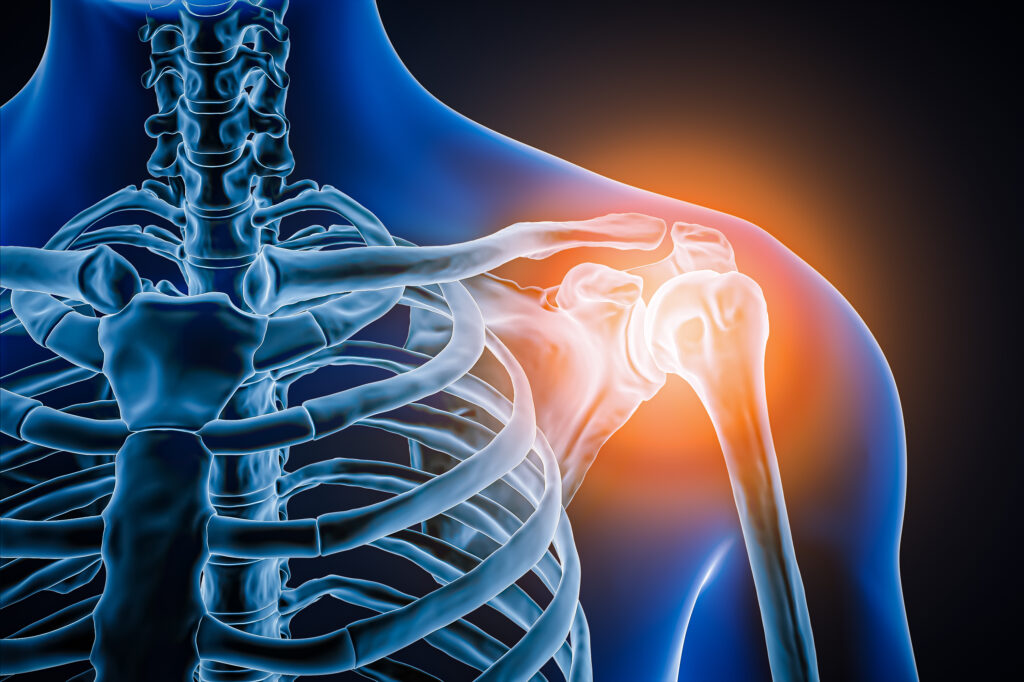Regenerative medicine has emerged as a transformative approach in various fields of healthcare, offering innovative solutions for conditions that were once deemed difficult to treat. In orthopedic surgery, the use of bone marrow aspirate concentrate (BMAC) and platelet-rich plasma (PRP) has gained traction, particularly in the realm of rotator cuff repairs (RCR). As these techniques continue to evolve, a recent systematic review seeks to uncover whether the combination of BMAC with PRP yields superior functional outcomes compared to BMAC alone.
The review, conducted by a team of researchers including Seth J Spicer, Sara Soliman, Robert Malek, Mitchell Kaplan, Jensen Clark, Nicholas Averell, Brandon Goodwin, and Richard Jermyn, involved an extensive search across five prominent databases: PubMed, Web of Science, Embase, Scopus, and Cochrane. After meticulously screening over 1200 studies, the authors found three studies that met their stringent criteria, focusing on functional outcomes as measured by the American Shoulder and Elbow Surgeons Shoulder Score and the University of California Los Angeles Shoulder Score.
The analysis revealed intriguing insights. The effect size of BMAC combined with PRP was recorded at Cohen’s d = 2.19, while BMAC alone showed a slightly higher effect size of Cohen’s d = 2.35. However, the difference between these two approaches was not statistically significant (p = 0.76). Additionally, the comparison of functional outcomes between the two groups yielded a Cohen’s d of 0.16, also indicating no significant difference.
These findings suggest that the addition of PRP to BMAC does not provide a substantial advantage in terms of functional outcomes following rotator cuff repairs. Given the lack of superiority demonstrated by this systematic review, the authors propose that utilizing BMAC alone may be a more resource-efficient option, reducing both costs and the complexity of treatment.
However, the authors acknowledge a limitation in their study—the small sample size of only three included studies. They emphasize the need for further research with a larger participant pool to draw more definitive conclusions regarding the benefits of combining PRP with BMAC for rotator cuff repairs.
In summary, while the integration of regenerative therapies like BMAC and PRP into orthopedic practice holds promise, the current evidence does not support the superiority of combining these treatments for rotator cuff repairs. More comprehensive studies are essential to elucidate the potential benefits and optimize patient outcomes in the field of orthopedic surgery.


